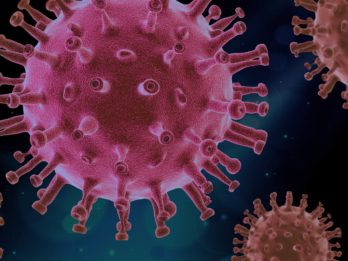WHEN IT COMES TO AVIATION SAFETY, WHO IS REALLY TO BLAME?
WHEN IT COMES TO AVIATION SAFETY, WHO IS REALLY TO BLAME?
The FAA … the agency that is supposed to protect us…
Why does it take an air crash to raise public concern about aviation safety? Even though air travel is still the safest means of transportation (based on the percentage of fatalities compared to the number of people who fly), there are hundreds of accidents just waiting to happen … and US Air 1016 was one of them. The FAA has known, for years, about the dangers of wind shear during hazardous weather conditions, and in fact, has been installing special Doppler radar systems at busier airports. However, the FAA never moves quickly enough. Charlotte-Douglas International Airport doesn’t have their Doppler radar yet. The scheduled delivery for 1995 wasn’t soon enough to have protected the 37 killed last week. While the FAA is bogged down in bureaucratic red-tape of its own making, pilots, who are the ultimately responsible for the safety of the flight, are denied timely information that can help prevent accidents like the one in Charlotte. Unfortunately, the FAA’s ineptitude doesn’t stop there. All too often, the FAA knows about manufacturing defects that will clearly affect the safety and/or crashworthiness of airplanes. The FAA doesn’t do anything about those either, or it acts too late.
Between December of 1992 and December of 1993, 13 people were killed in two airplane crashes caused by hurricane force turbulence in the wake of Boeing 757 jetliners. The FAA knew, as early as 1989, that the 757 would, sooner or later, cost lives. Again, the FAA did nothing.
Why didn’t the FAA react? By mandating safe distances between aircraft, the number of flights leaving from and arriving at airports would be cut down, which would cut into industry profits.
In the early ’70s, the FAA was aware that the DC-10 baggage door had a design flaw. It did not act, and 350 people were killed in a Turkish Airlines disaster.
The FAA knew if it allowed Boeing Company to glue certain airliner sections together, they would have to monitor the long term effects. They did not, and the roof blew from an Aloha Airlines Boeing 737, while the side blew out of a Boeing 747. More fatalities resulted in both cases.
The FAA knew there were service problems with the engine attachment bolts on the Boeing 747. It did not act, and two engines came off an El Al 747, killing 45 people in the Netherlands.
The FAA has known for years about flaws in various general aviation aircraft — everything from pilot seats that slide suddenly rearward, causing loss of aircraft control, to undrainable contamination in fuel tanks which result in engine stoppage, to tails that fluttered off hundreds of times, killing hundreds of people, to engines used in helicopters which are so unreliable that the Justice Department sued the manufacturer for fraud in regard to the engine’s unreliability, while the FAA continues to certify the engine safe for flight.
The list goes on and on, but the one thing is clear. It is time to overhaul the FAA from the top down, and bottom up.
The people within the FAA who want to do their jobs and are interested in safety cannot because they are overruled by managers. People with the agency who want to change things to make the FAA more safety conscious are overruled by political considerations imposed on the FAA by influence wielded by the aircraft manufacturers — the same manufacturers the FAA is supposed to regulate.
There is even a product liability bill that would not permit the imposition of punitive damages against an aircraft manufacturer, if the FAA certified the aircraft before it was marketed. Though everyone in government calls the FAA incompetent, Congress still wants to make the FAA’s approval the difference between people being compensated and manufacturers punished, and their not being held liable at all.
The FAA has the responsibility to ensure the safety of flight and to promote aviation. Aviation does not have to be promoted anymore, but safety of flight needs a lot of work. The new FAA needs to have as its sole job the enforcement of existing regulations, the streamlining of regulations to make them more effective, and the enforcement of those regulations (for a change) against those responsible to make flight safe: the aircraft manufacturers who can make the airplanes safe.
While the FAA may not put time and money into forestalling accidents until there is a tragedy, the FAA is itself a tragedy. Somebody needs to do something about its many faults before more lives are tragically and unnecessarily lost.
Arthur Alan Wolk




